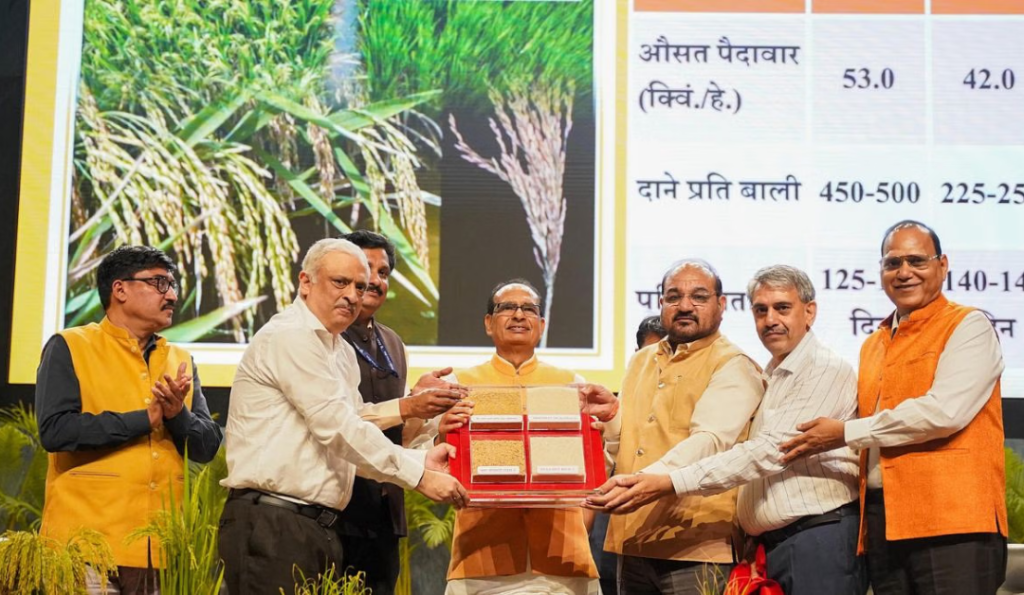India Achieves Global First in Agricultural Innovation
India has made history by becoming the first country in the world to develop and officially release genome-edited rice varieties. This landmark development is poised to transform the agricultural landscape by offering farmers crops that are more resilient, high-yielding, and environmentally sustainable.
What is Genome Editing and Why It Matters
Genome editing, particularly through modern techniques like CRISPR, enables scientists to precisely alter a plant’s DNA to enhance desirable traits—without introducing foreign genes. This approach differs from traditional genetic modification and has gained acceptance for being more natural and less regulated in many regions.
By using these techniques, scientists can now improve key traits such as disease resistance, drought tolerance, and productivity, all while preserving the integrity of native plant species.
Key Features of the New Rice Varieties
The genome-edited rice developed in India is specially designed to meet the pressing demands of modern agriculture. Notable improvements include:
- Drought Tolerance: Improved water-use efficiency to withstand dry conditions and unpredictable rainfall.
- Higher Yield: Enhanced grain count and quality, potentially increasing production per acre.
- Nutritional Value: Scope for fortification with essential vitamins and minerals to help combat malnutrition.
Impact on Farmers and Food Security
This scientific breakthrough is expected to have a wide-ranging impact across India’s agricultural ecosystem:
- Enhanced Food Security: Increased crop reliability will help secure food supplies for a growing population.
- Boost to Farmer Incomes: With better yields and reduced losses from environmental stressors, farmers can expect higher profits.
- Reduced Environmental Impact: More resilient crops mean lower dependence on water, fertilizers, and pesticides, promoting eco-friendly farming.
The Road Ahead
This success marks just the beginning. Scientists and agricultural institutions are already exploring genome editing in other staple crops such as wheat, maize, pulses, and oilseeds. The goal is to build a future-ready agriculture sector that can adapt to climate change, reduce input costs, and ensure nutritional adequacy for all.
India’s achievement in developing genome-edited rice varieties not only elevates its global standing in agricultural science but also promises a more secure, sustainable, and prosperous future for millions of farmers and consumers alike.

